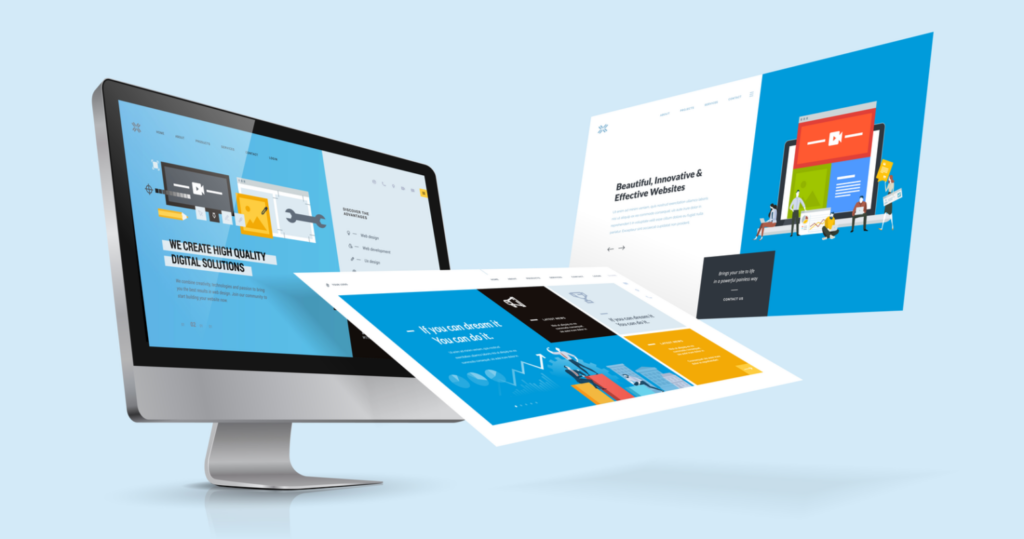1. Site speed should be a top priority
Speed is an important fact in web design. Research shows speed has an impact on everything, from bounce rate to user satisfaction to conversions or revenue.
Visitors will leave if your site is not fast enough. Period. Search engines care because users care and include page loading speeds in their ranks. It is important to make your website as fast as possible.
2. Use the Fold to your advantage
The debate about whether or not the fold exists is heated. Some argue that the fold is irrelevant due to the variety of screen sizes. Others may disagree.
The fact is, people still spend 57% of their time above fold in 2018. This trend continues to decline after that. 74% of their time is spent on the first screenful.
It seems that the fold is still important. This means that your website must prioritize your content and make use of the space available to draw users in to continue. Here are some ways to do this:
- Give your visitors a clear, descriptive headline. Highlight the site’s benefits and explain what it can do. Use power terms and be concise. Our copywriting tips will provide more guidance.
- Include your main call-to-action — The fold is where you should start the user journey to increase conversion rates. Your CTA should be clear and easily visible.
- Include media — Images, videos or audio help emphasize your point. Below, we will discuss more about visual content.
3. Hick’s Law: Take advantage
Hick’s Law says that more options an individual has, means they will take longer to make a decision.
This phenomenon is actually the subject of a fascinating study. In it, people were offered more or less jam options to choose from in a supermarket. The results showed that those with more options were less likely to buy jam than those with fewer choices.
This is a great idea for your website. You might be able boost conversions by restricting the choices you offer users. These are just a few examples:
- Reduce the number menu items
- Fields of form should be limited
- Concentrate on one call for action
- Only show social buttons on networks that you are actively involved in
- One goal per page
4. Keep it simple
This applies to all aspects of your design, in keeping with the theme “less is more”. Google conducted a huge study that found that people don’t like visual complexity. Visitors are less likely to perceive your design as beautiful if it is too complex.
What does this mean for your website? Here are some ideas, in addition to the above:
- Think about the sidebar – More websites are moving away from sidebars to single-column designs (like the one you’re on now). This design eliminates distractions and focuses on the content.
- Stick with standard layouts – People like familiarity and can be confused by non-standard designs. It can be a good idea not to change from familiar layouts or design tropes. There are still ways to stand out.
5. Avoid Sliders, Carousels, Tabs, and Accordions
Carousels are a favorite feature of website owners. This is probably the most requested feature by clients. However, research shows that they are quite ineffective.
Notre Dame University has some of the most amazing data. There was a webmaster who noticed that the first slide of a carousel received nearly 90 percent of clicks, while the rest were mostly ignored.
Ninety percent! It doesn’t seem like the other slides are worth having, does it? It seems like web designers who convince clients to use a slider have it all wrong.
Tabs and accordions share the same problem as sliders or carousels. They are often ignored. The fact that very few people actually read the whole page is another factor. Most people only scan, so they are less likely to click on your content.

